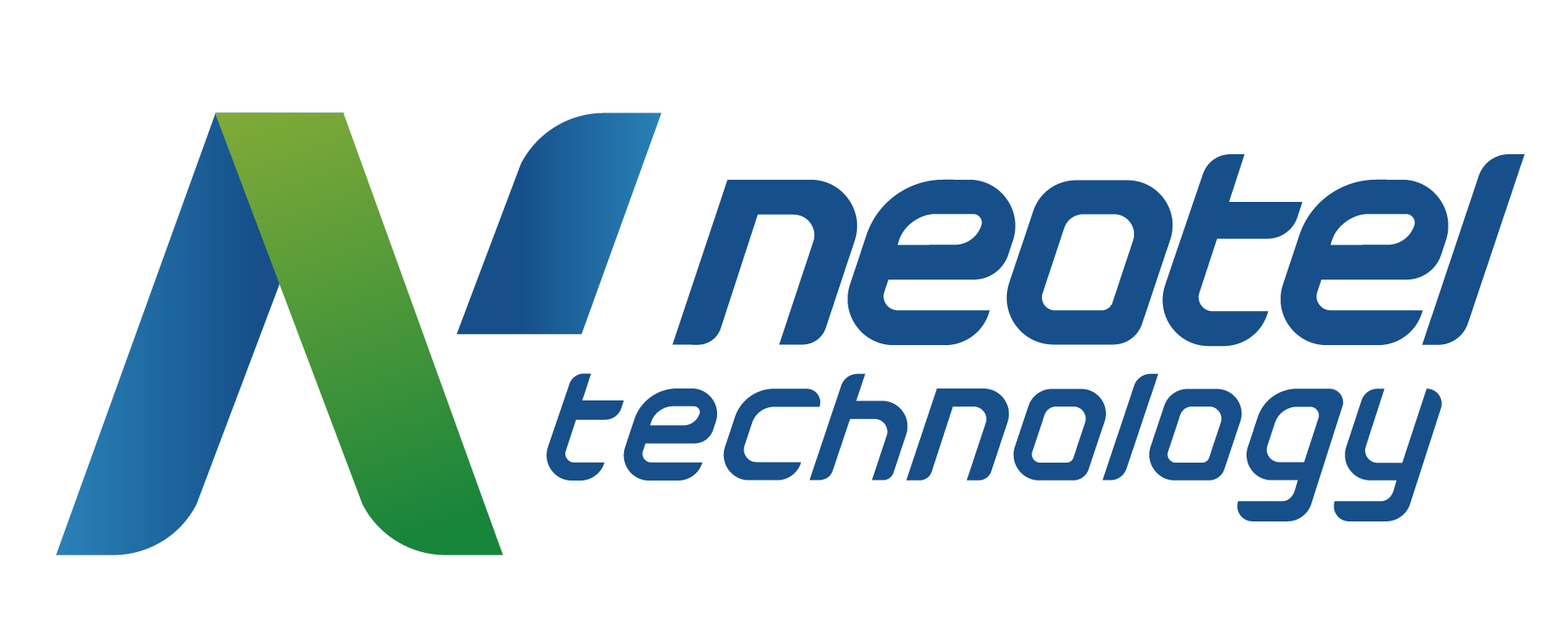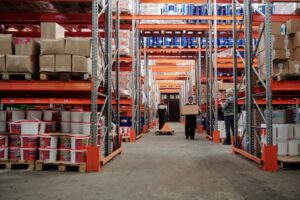“Industry 4.0” is a nickname for our current age of digital technology in industrial manufacturing. Characterized by a collaboration of human and autonomous labor, the fourth industrial revolution grew from beyond early computer capability, fully distinguishing itself as a new wave of manufacturing beginning around the early 2000s. It is built upon cloud computing, smart tools, and optimized automation.
KEY TAKEAWAYS
Industry 4.0 is a historical and technological extension of the Third Industrial Revolution
Its expansion is marked by a mixture of automation, semi-automation, and human labor
It highlights digital transformation as a key emerging strategy
Also known as the Industrial Internet, or Digital Factory, as it is built on Cyber-Physical Systems
So How Did We Get to the Fourth Industry Already?
“Industrial revolutions” are historical frameworks for understanding the technological improvements of modern tools over recent history. This framework takes historical evidence from several Western civilizations starting from about the mid-18th century, these countries mainly being Great Britain, Europe, and North America. The industrial tools and systems that we still use today in modern manufacturing can be traced back to the industrial complex that started developing in the 1760s.
The use of this framework of history, as well as the conclusion that the modern age is currently in the middle of the fourth industrial revolution, became officially referenced for the first time in 2016 by the German government. Here’s a short timeline to get you up to speed:
First Industrial Revolution
The first Industrial Revolution, from about 1760 to 1840, was characterized by mechanical power, mainly water and steam, in large-scale, industrial operations. With the adoption of tireless, cheap, mechanical power, factories didn’t have to employ a person for every task; a machine had the ability to produce at an incredibly profitable scale, and perhaps needed only one or two workers to manage it.
Second Industrial Revolution
As factories decreased production times, they were able to produce more items and invest in expanding their market base, which inspired more demand. In this way, mass production is another key characteristic of the 2nd Industrial Revolution, which is generally accepted to be from about 1871 to 1914. Industry 2.0 benefited greatly from the integrated expansion of telegraph and rail networks.
Critical inventions like accessible electricity and the organized assembly line improved factories’ ability to incorporate the state-of-the-art mechanical parts into human workflow.
Third Industrial Revolution
The Third Industrial Revolution is characterized by the first introductions of computer and automation technology. It began in the late 20th Century, after industrial tech slowed in advancement after the first two world wars. The first motor-driven, mechanical computer, the Z1 computer, was invented. Scientists quickly explored the digital age with applications of binary and Boolean mathematics.
Fourth Industrial Revolution
Industry 4.0 shares a lot in common with Industry 3.0 because it builds upon the applications of computer systems. Officially coined in 2016, Industry 4.0 began in the early 21st century, according to most historians.
Overall, Industry 4.0 is differentiated by its focus on digitization and data optimization, particularly through cloud computing and the Industrial Internet of Things. All of these technologies have been applied to resemble what is known as a digital Smart Factory. More specifically, cyber-physical systems (CPS) are the engines of Industry 4.0 specs: they power other technologies relevant in this age, such as artificial intelligence, big data, machine learning, and additive manufacturing.
Industry 4.0 Applications
There are nearly endless digital transformation applications. The possibilities for Industry 4.0 technology overlap in multiple areas of innovation.
Here are the basic drives behind the push of the Fourth Industrial Revolution:
the Smart Factory
Robotics and artificial intelligence
Cloud connection and network integration
Additive manufacturing
Predictive maintenance and forecasting
Prevalence of the Knowledge Economy
Are We Sure It’s the Fourth Age of Industry?
We can judge where we truly stand within the framework through how integrated our systems are with the technology that defines those boundaries of industrial revolution. A good indicative marker is a balance between vertical and horizontal integrations.
Horizontal Integration
The classic example of horizontal integration is a merger, when one company buys another in a similar industry. In Industry 4.0, the marker of horizontal integration is the prevalence of the global knowledge economy. Industry 4.0 has brought about globalization through digital operations via cloud computing and instant communication necessary for supply chain management. Nowadays, a company’s customer base can be the entire planet if they choose to advertise it.
Vertical Integration
Vertical integration is when a company takes charge of more than one stage in the supply chain of a processed good or service. For an example in manufacturing, imagine a company that not just produces small motors, but then skillfully assembles those motors into larger maintenance equipment that is then sold as a final product.
When it comes to technology in the age of Industry 4.0, a good test of vertical integration is to see how many processes along the production line have been completely changed due to industrial innovation. With the introduction of automated IoT devices, from sensors to switches to tracking, nearly every step of an industrial process is aided by modern technology that has superseded all workflows and processes from several decades ago, in Industry 3.0.
Specific Concerns of Industry 4.0
Much like with the other industrial revolutions, the issues of the current one are exacerbated problems from the age before. It’s normal for evolving historical systems to chafe under stress, but it’s also important to be aware of the weaknesses of life on the pinnacle of industrial tech.
Security: probably the biggest issue within industrial digitization that exists, cybersecurity must be an investment and a priority. As assets are digitized and platforms are shared among business conglomerates, the potential for hackers increases.
Enforced interoperability: as more and more technologies (including platforms, softwares, IoT devices, etc.) are invented, governments and organizations need to ensure that the companies creating these technologies will build them with the customer’s best interests in mind and not monopolizing a technology via a product. Increased collaboration between software systems, as well as better integration between IT and OT, will help combat this issue.
Supply chain uncertainty: with general issues like environmental degradation, depletion of natural resources, political instability, and labor shortages, the global supply chains have been increasingly difficult to coordinate. Strategic leaders will have more trouble accounting for these challenges in the future.
What Will Industry 5.0 Look Like?
Some people in industrial manufacturing like to refer to the cutting edge of technological processes as “Industry 5.0.” They argue that the fifth industrial revolution will usher in a new age of working alongside robots and other smart machines. Whereas Industry 4.0 included robotics and smart tech for human operation, Industry 5.0 theoretically ushers in a new age of working alongside and collaborating with robots.
It’s definitely something to think about, but don’t feel like you’re falling behind yet — most industry giants see the applications of robotics, automated sensors and smart tech, and interoperability between machines and humans to still be the groundwork for Industry 4.0.
Who knows? Maybe a previously undiscovered technology will add an unexpected vector to system optimization in the future.


